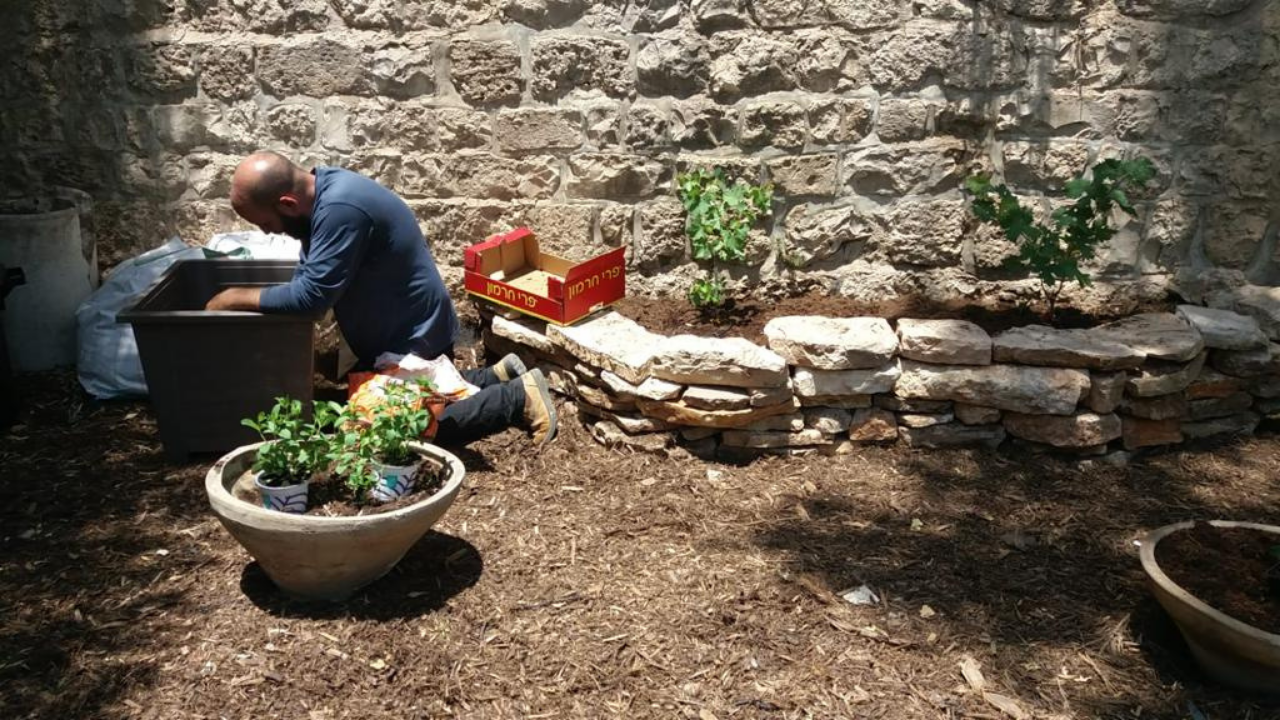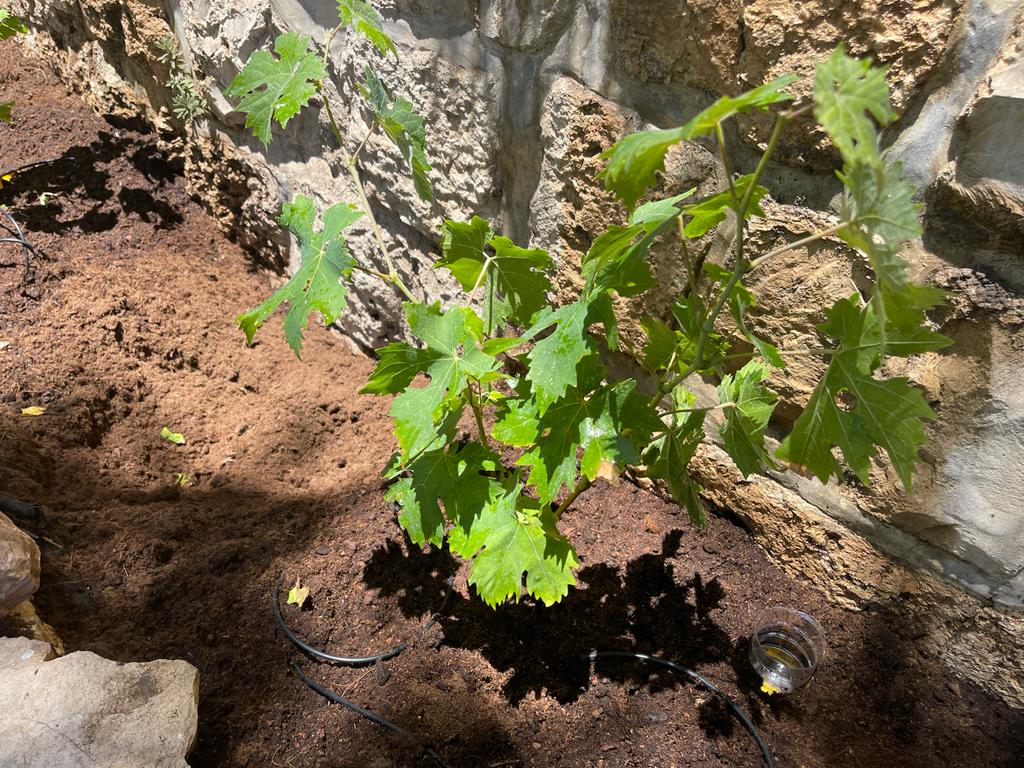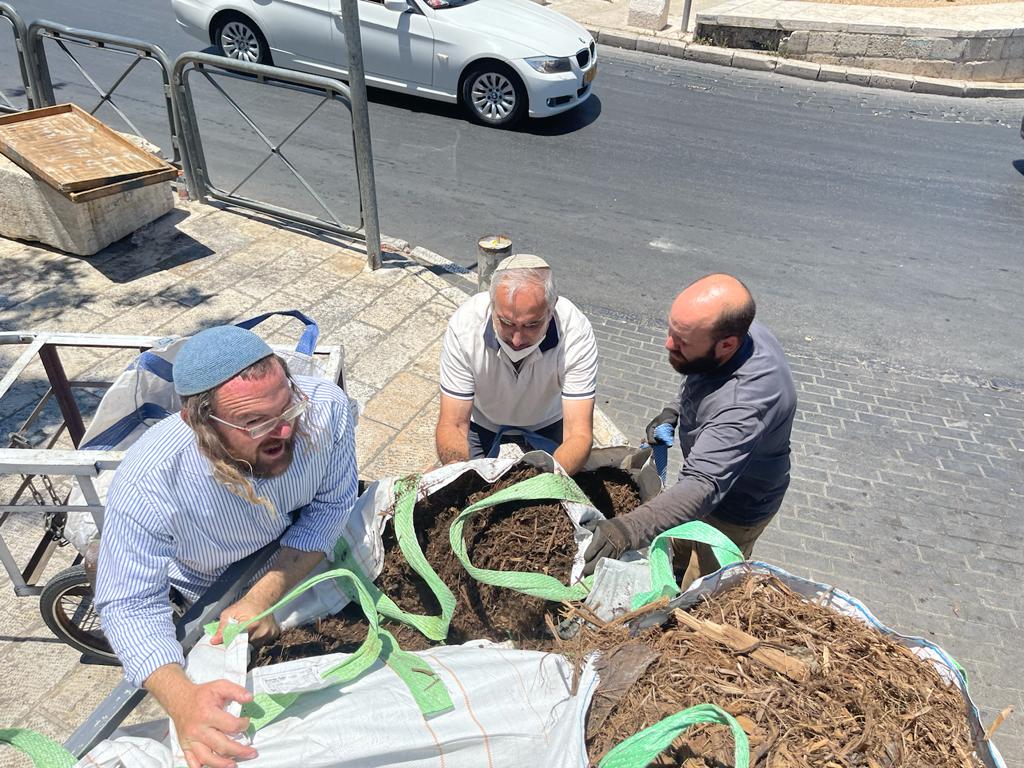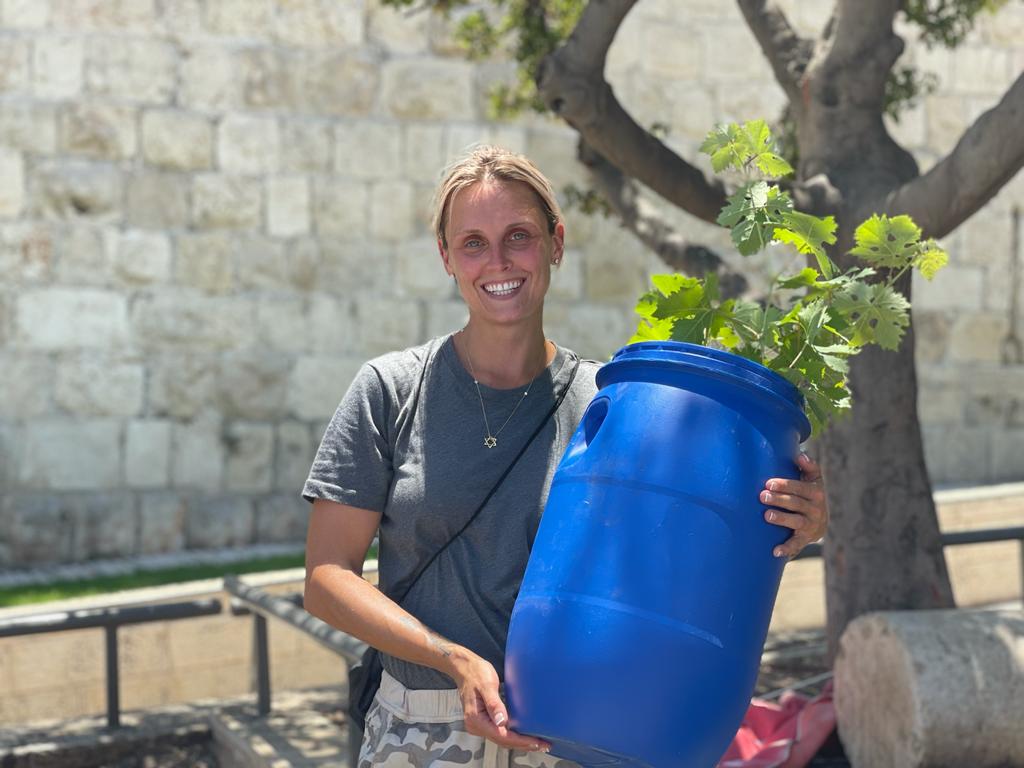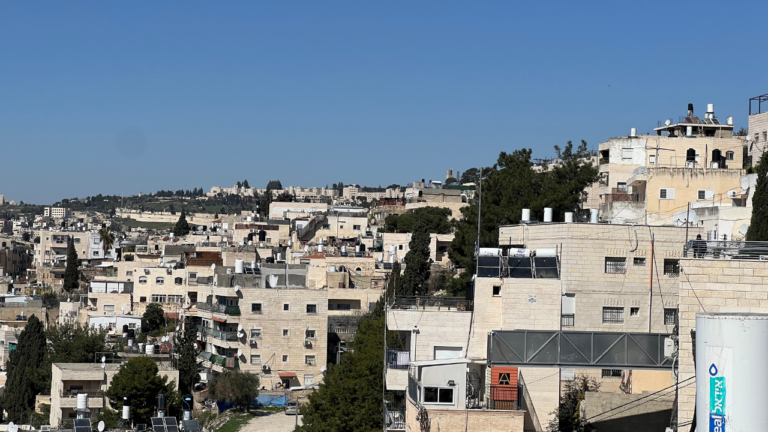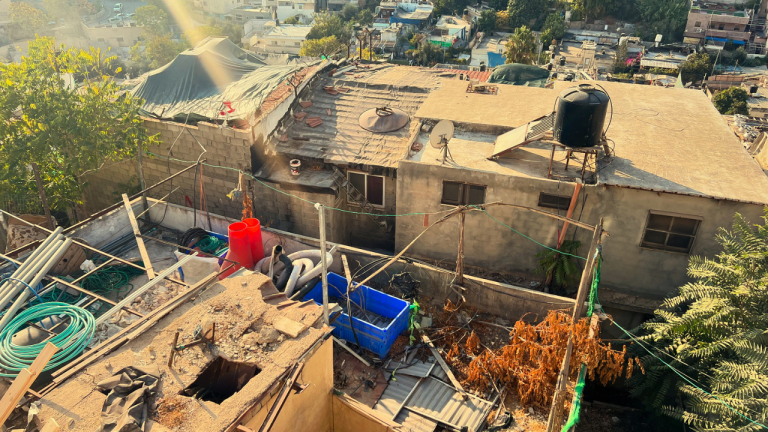Beit Prachim Grape Vines Connect Past And Present Redemptions
“For the Lord your God is bringing you to a good land… a land of wheat and barley, vines and figs and pomegranates, a land of oil producing olives and honey.” (Deuteronomy 8:7-8)
In 1099, on the 24th of Tammuz, the Crusaders breached the walls of Jerusalem, swarming the city, and murdering its Jewish and Muslim residents. The capture of the city ushered in the Crusader Kingdom of Jerusalem, which lasted almost a century to the day. In 1187, on the 26th of Tammuz, Saladin’s forces defeated the Crusaders at the Battle of Hittin, in northern Israel, closing the chapter of the Kingdom of Jerusalem. The 26th of Tammuz marks the slow return of the Jewish people to its capital, culminating with a Jewish majority population in Jerusalem by 1860.
On the 26th of Tamuz, 2021, at Shaar HaPrachim (also know as the Flower’s Gate of Herod’s Gate), meters from the site where the Crusaders breached the Old City along a section of the Old City wall is where this summer Ateret Kohanim commemorated the return of the Jewish people to their capital by planting two rare and unique grape vines, recalling the words of the prophet Micah, “But they shall sit every man under his vine and under his fig-tree; and none shall make them afraid.” (Micha 4:4)
The vines are very likely the same species with which Micah would have been familiar. Most grapevines grown in Israel today are of European origin, very often French varietals first brought by Baron Edmond de Rothschild for the purpose of developing a modern wine industry in the burgeoning Jewish state. But over the last few years, scholars at the University of Ariel have been researching and reviving biblical species of grape. Using DNA from archaeological remains of grape processing at the time of the Second Temple the wines of ancient Israel have been identified and are being reintroduced to Jewish cultivation. By planting these vines in the Old City we hope to be part of the fulfillment of the prophecy of Micah which promises a brighter future for Jerusalem, and from it, all humanity.
The day the vines were planted in July of 2021 coincided with the Hebrew calendar date commemorating the defeat of the Crusaders by Suleiman and the beginning of the return of the Jewish people to their homeland (thank you to Dr Naomi Weiss for the info). This very first wave of Aliyah, culminated in a Jewish majority residing in Jerusalem by 1860.
The planting was undertaken by Ateret Cohanim in partnership with Yearot Moreshet, who provided the two ancient species of grape native to the Land of Israel, and volunteers from Passion For A Purpose. Alongside the grape vines were also planted a variety of herbs, tomatoes, and a fig tree. Over two tons of mulch, soil, plants, stones, supplies and tools were transported by hand through the gate to the compound, with help from an all men Machina in Eli, who arrived unexpectedly on a tour of the Old City and immediately volunteered to help.
Thanks to the efforts of Ateret Cohanim, and investors/donors from around the world, there are 23 Jewish families who have returned to a number of residential compounds in the general Flowers Gate area.
All part of the revival of Jewish life in the Old City of Yerushalayim.
